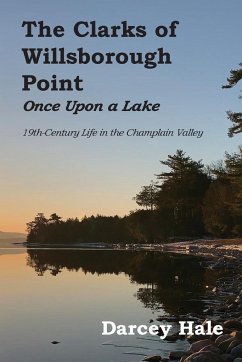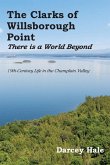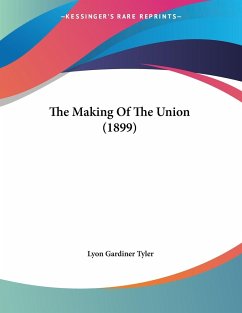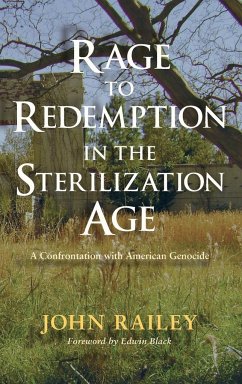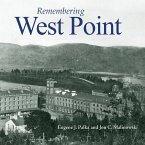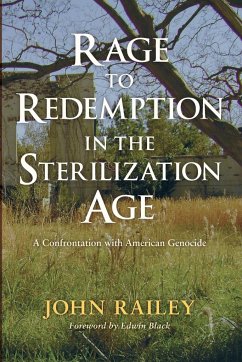In this, the third book in a series, the author invites you to take the next steps with him as Orrin Clark emerges from childhood, reaches his majority, is no longer indentured and sets forth on his own. We will follow him through the decade of the 1820s as we watch him begin to take on the attitudes, skills and responsibilities of adulthood. He remains committed to the life of a farmer and continues to live with the Blinn family for a few more years during which he hones his skills in his chosen vocation and is introduced to a world beyond Willsborough when he serves as a forester in a Quaker community to the north and meets his future wife. With marriage in mind, we see Orrin set off on his own when his father makes it possible for him to purchase a piece of land up the road, and a wedding is soon in the offing. Soon, we find ourselves on the wagon as Orrin brings his bride, Mary Moon, over the mountain to his home on a parcel of land called Ligonier Point which extends into Lake Champlain from Willsborough Point. All seems to be blissful for the young couple until out of the blue Orrin discovers that he has been caught in the net of a speculator, and the land that he has paid for is actually not his. Their lives are shattered and Orrin and Mary must make a decision. Do they simply give up and move elsewhere or do they take the high road? We become part of every twist and turn as they struggle to bring balance into their lives and to reclaim the land they live upon. Miraculously, a son is born in the midst of their woes, and they are swept away with joy and renewed courage to continue on as best they can. With this said, Orrin opens the door and asks us to step into their daily lives. We accompany him into the dense forest that covers the land on Ligonier Point and watch him as he wields his axe throughout the long winter days and, with the help of his oxen, gradually creates fields for pasture, opens land for crops, develops a barnyard that keeps his livestock safe from predators, improves his barn that offers winter shelter and storage for the fruits of his labors and, at the end of each day, wearily returns to his cabin for respite. Now Mary steps forward and beckons us to spend some time with her as she goes about the duties of a wife and mother. She maintains a spotless home, tends her garden and goes about the daily chores of cooking, cleaning, milking the cows, churning butter, dipping candles, making cheese, washing, ironing, sewing, spinning, knitting, and the list goes on and on. Finally, Orrin asks us to become part of the rapidly broadening "world" around him. A canal is born and, suddenly, interaction and communication open up in the Champlain Valley of New York and Vermont. The area is emerging from its remote rural way of life and is moving forward to assume a position in trade and commerce that goes far beyond the reaches of the lake and its surroundings. The moniker of "isolated" becomes a thing of the past. Ever of a curious mind, Orrin eagerly studies the cultural, social, economic and political changes which call upon him to adapt in ways that he had never thought of before. Wherever life takes him, he is eager to go.

